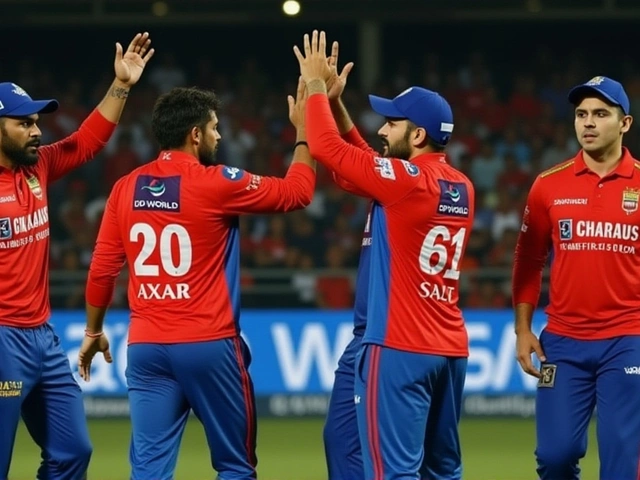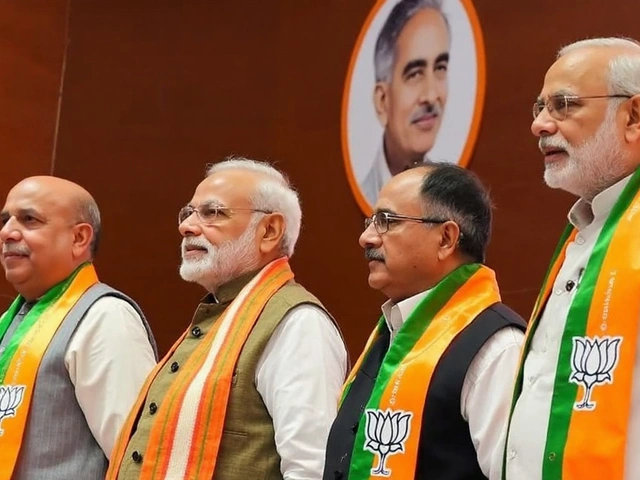Aviation Regulator Basics: What They Do and Why It Matters
Ever wonder who makes sure the plane you’re boarding is safe? That’s the job of the aviation regulator – the government body that watches over every flight, every airline, and every airport. In India, the regulator is the Directorate General of Civil Aviation (DGCA). In Pakistan it’s the Pakistan Civil Aviation Authority (PCAA), and similar agencies exist across South Asia. Their main goal? Keep passengers safe, keep airlines running smoothly, and keep the skies orderly.
Key Roles of an Aviation Regulator
First off, regulators set the rules. They decide what aircraft maintenance looks like, what pilot training is needed, and which safety equipment must be on board. When a new aircraft model comes to market, the regulator runs certification tests before it can carry passengers. They also issue licenses to pilots, crew, and even to the airlines themselves.
Second, they monitor compliance. This means regular inspections of planes, checking that airlines follow flight schedules, and reviewing accident reports. If an airline cuts corners, the regulator can ground its fleet, levy fines, or even revoke its operating certificate.
Third, they handle emergencies. When a technical glitch or a weather event hits, the regulator coordinates with airports, airlines, and air traffic control to minimize disruption and protect travelers.
Why Regulations Impact You Directly
Think of a regulator’s checklist as the safety net under every flight. When you board a plane, you’re trusting that the aircraft passed a thorough inspection, that the crew logged the required flight hours, and that the airline follows strict noise and emissions standards. All of that comes from the regulator’s rules.
Regulators also affect ticket prices and routes. By enforcing competition rules, they prevent monopolies that could drive fares up. When they approve new routes, they open up more travel options for passengers across South Asia.
Finally, regulators work on international standards. They work with the International Civil Aviation Organization (ICAO) to align local rules with global safety practices. That’s why a plane cleared by the DGCA can fly to Europe, the US, or anywhere else without extra paperwork.
So, the next time you hear about a delayed flight or a safety bulletin, remember there’s a regulator behind the scenes making sure the issue gets fixed. Their job isn’t glamorous, but it’s essential for every traveler’s peace of mind.
For South Asian readers, staying updated on regulator announcements can be useful. A new DGCA rule on baggage weight, for example, could change how you pack. A PCAA decision on runway upgrades might mean smoother flights from Karachi. Keep an eye on the official websites or trusted news sources like South Asian Regional News for the latest updates.
Bottom line: aviation regulators are the unsung heroes of air travel. They write the rules, enforce them, and step in when something goes wrong. Their work lets you sit back, relax, and enjoy the view from 30,000 feet without worrying about the plane’s safety.
On August 7, 2020, an Air India Express plane crash landed while attempting to land at the Calicut International Airport in Kerala, India. The plane had been traveling from Dubai with 190 passengers and crew on board. The plane overshot the runway and crashed into a deep gorge, resulting in the deaths of at least 18 people, including the pilot and co-pilot. The cause of the crash is still under investigation, but initial reports from India's aviation regulator suggest that the plane may have been travelling too fast, and the pilots may not have been familiar with the airport's terrain and runway.




